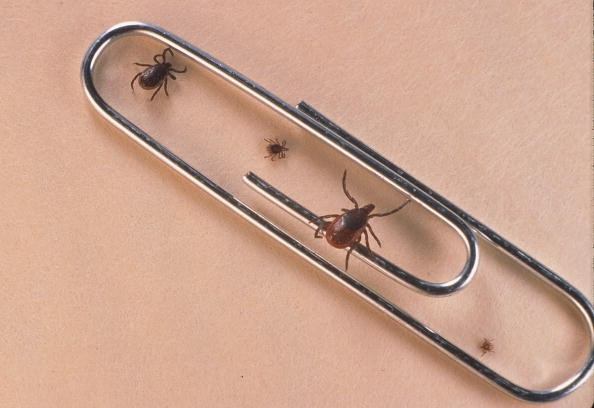
Although California has one of the lowest cases of Lyme disease in the country, it is still important for residents to take extra precautions. This includes understanding how the disease spreads.
In a new study conducted by researchers of University of California-Berkeley, the birds may have something to do with it.
Lyme disease is one of the many disorders that are closely identified to ticks. They carry a bacterium known as Boreelia burgdorferi. However, the researchers found out that the spread of the bacterium may not be entirely attributable to these ticks but also to the birds.
To come up with such findings, the researchers studied samples of ticks and birds found in at least 3 sites around the northwestern region in California but close to the university's center. They then discovered that spirochetes (spiral-shaped bacteria) of the disease were present in nearly half of the birds. They also found that a closely related spirochete may also be carried by these birds. This is the first time that such finding has been made.
According to its lead author Erica Newman, a PhD student of the university, the role of birds in the spread of the disease at least in California is one of the least-understood portions in medical literature. What they had carried, therefore, is the most extensive so far. You can read the entire study in the recent journal issue of PLOS ONE.
Meanwhile, some of the birds that may be carriers of the bacterium are golden-crowned sparrows, American robins, and dark-eyed juncos. These birds are normally found in suburban areas.
As to how the birds are able to spread the disease, Newman posits that the species can literally bring these ticks to other areas even outside of California. Indirectly, the birds can boost the population of bacteria-carrying ticks. The bacteria may also affect other animals such as squirrels, thereby further increasing the risk of humans in acquiring Lyme disease.



